Electric vehicles (EVs) are often touted as the future of transportation, promising environmental benefits and reduced operating costs. However, manufacturers often gloss over significant hidden costs and challenges. These issues impact consumers, the economy, and the environment in ways that are rarely discussed.
1. High Initial Purchase Price

EVs typically have a higher upfront cost than their internal combustion engine (ICE) counterparts, and this price gap can be significant.
2. Limited Charging Infrastructure
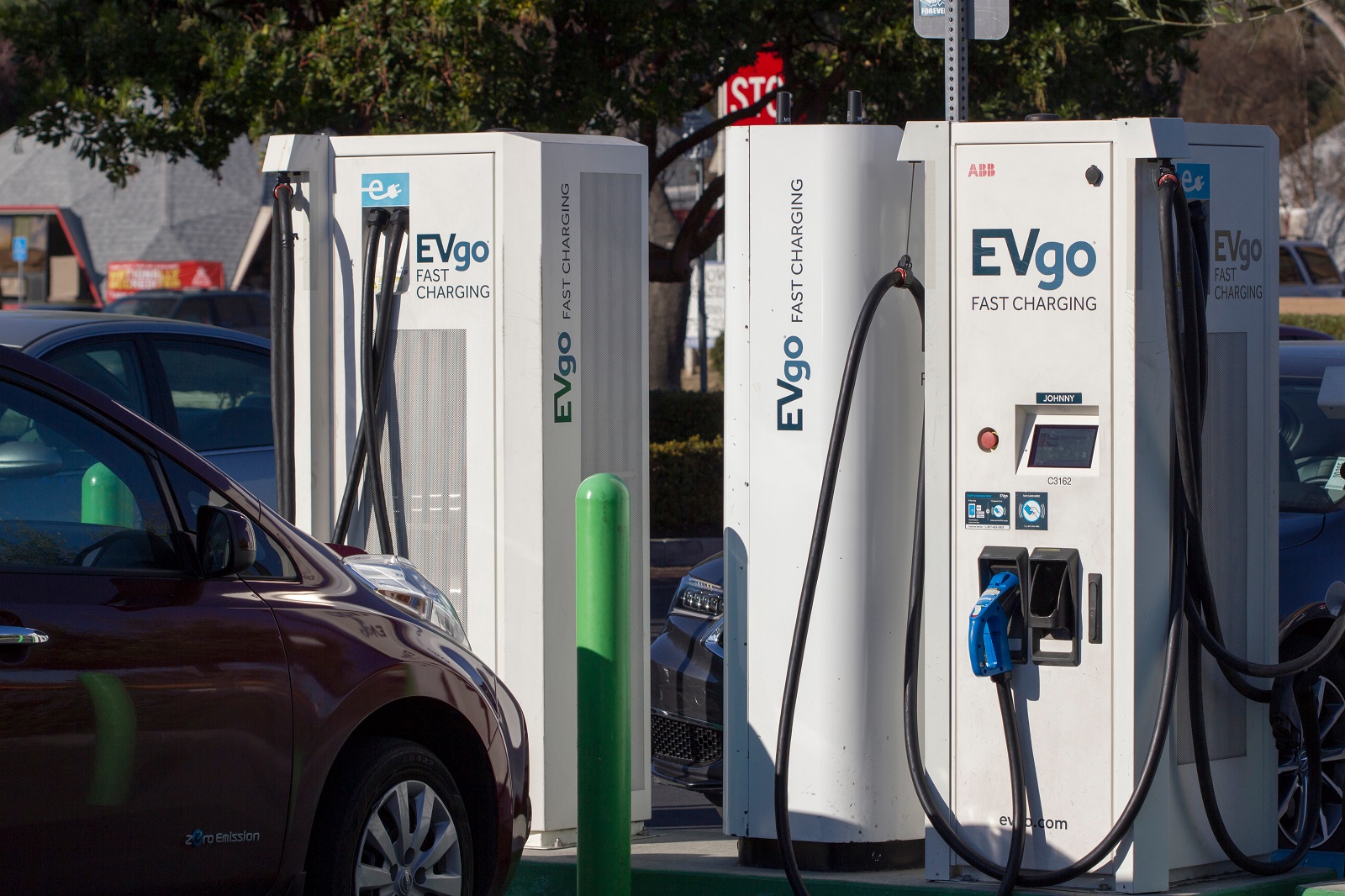
Regions often lack sufficient stations, complicating long-distance travel and reducing the practicality of owning an EV.
3. Long Charging Times
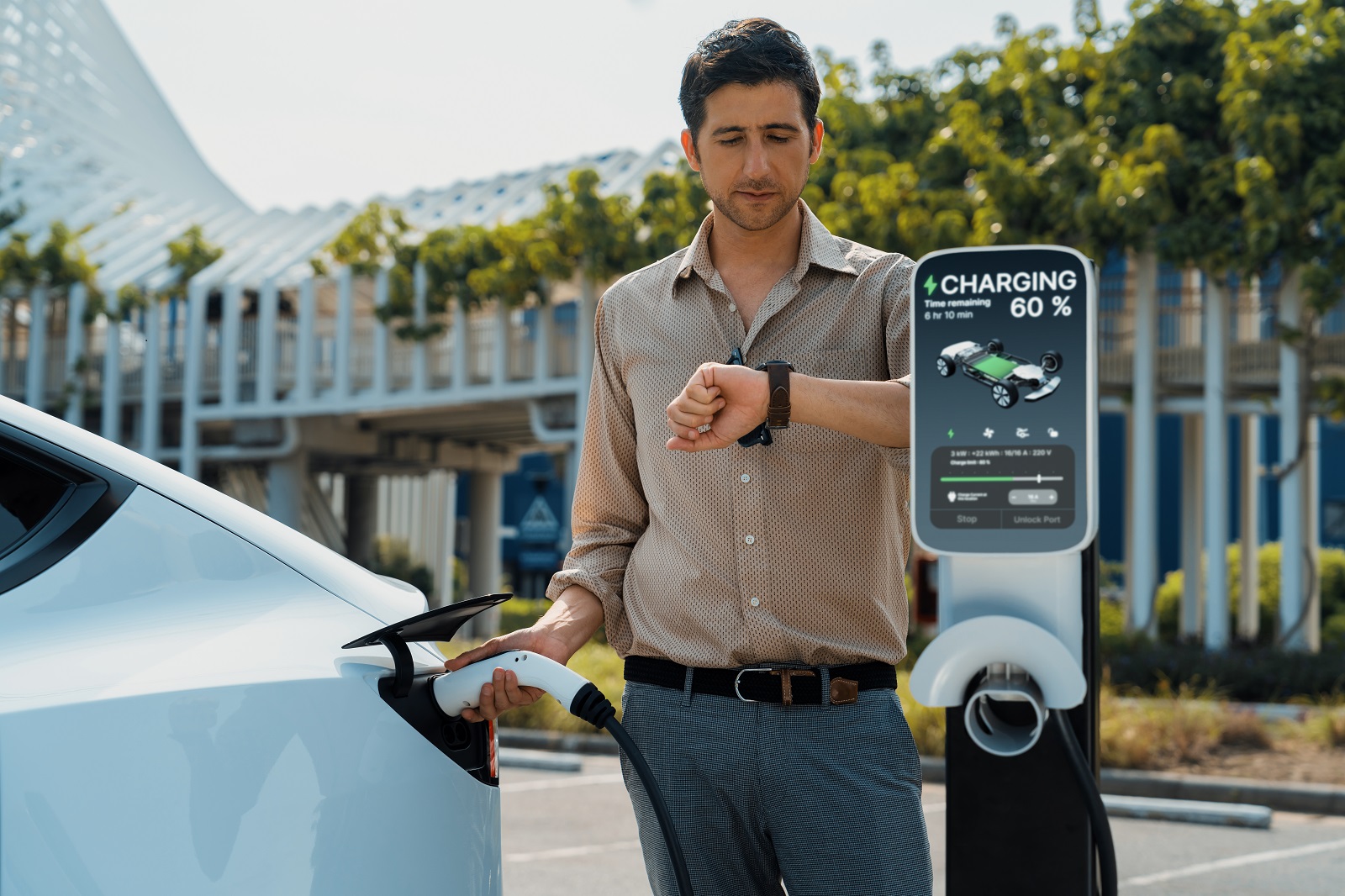
Even with access to charging stations, the time required to recharge an EV can be inconvenient. Fast chargers can replenish an EV battery in about 30 minutes to an hour, but standard home chargers can take several hours or even overnight. This is a stark contrast to the few minutes it takes to refuel a gasoline car.
4. Battery Degradation and Replacement Costs
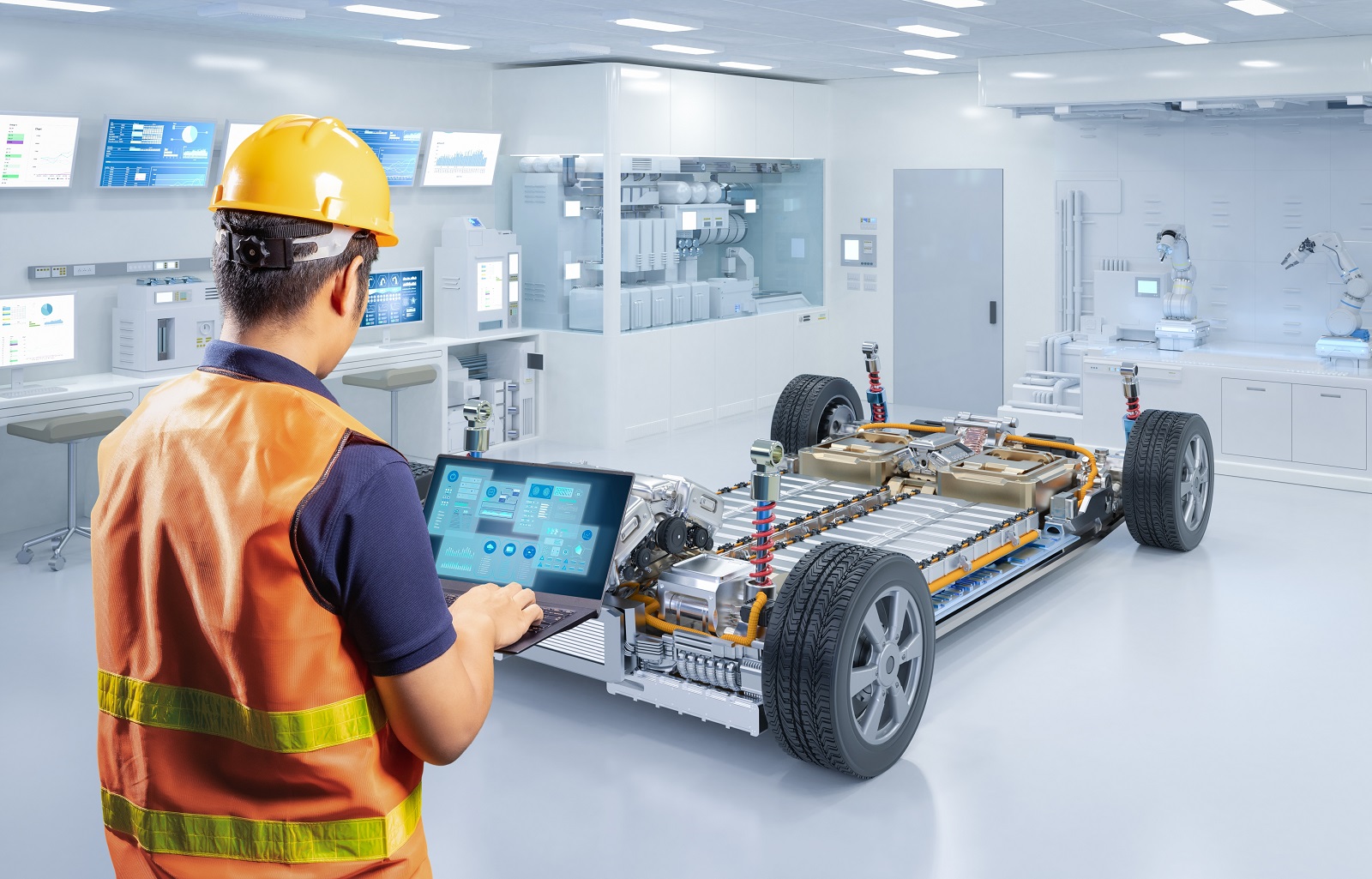
EV batteries degrade over time, losing capacity and efficiency. The cost of replacing an EV battery can be exorbitant, depending on the model and battery size. This significant expense can offset the savings on fuel and maintenance over the vehicle’s lifetime.
5. High Maintenance Costs for Non-Battery Components
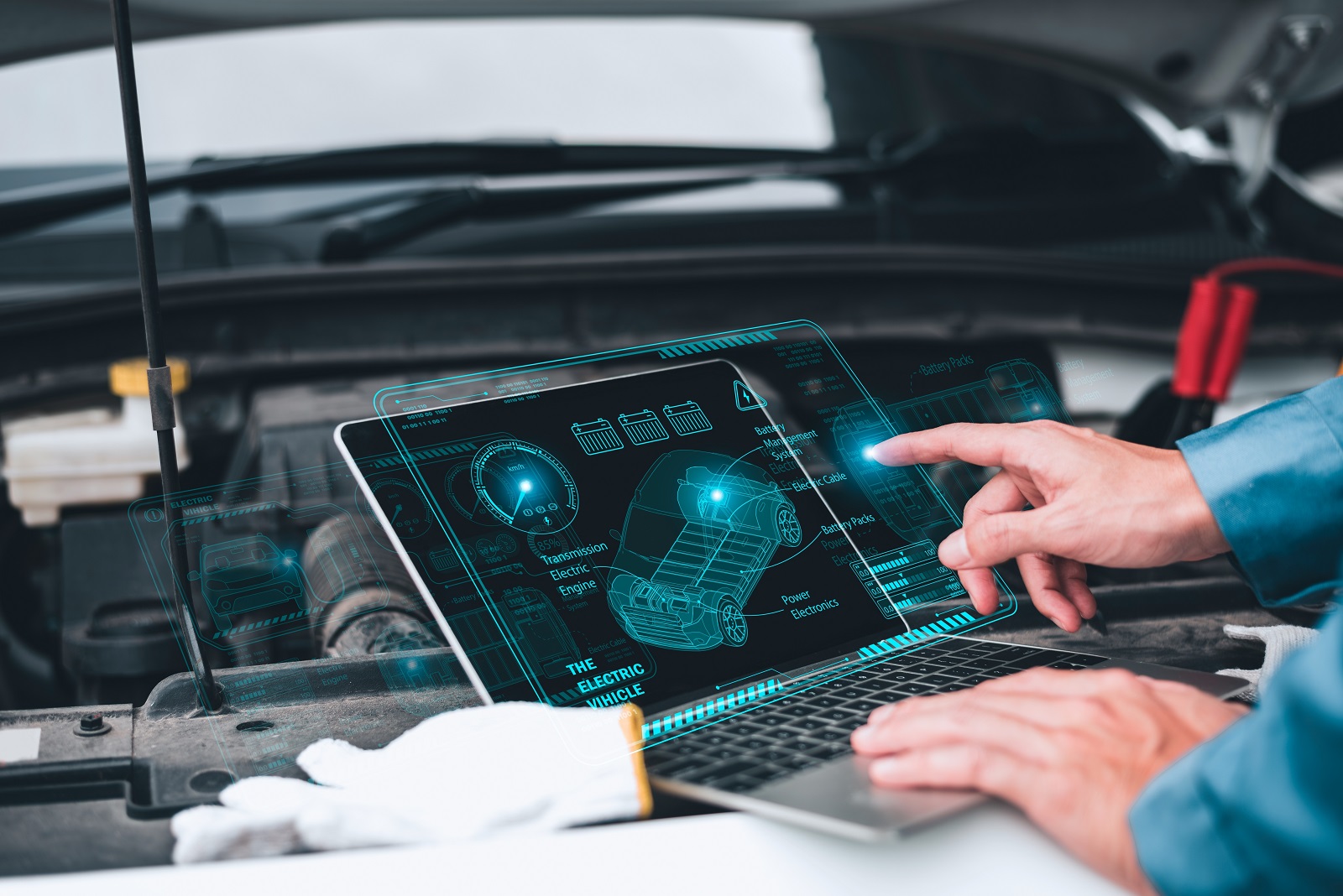
While EVs have fewer moving parts than ICE vehicles, they still require maintenance for components like tyres, brakes, and suspension. Additionally, specialized repairs for EV-specific parts can be more expensive due to the need for skilled technicians and specialized tools.
6. Limited Vehicle Lifespan
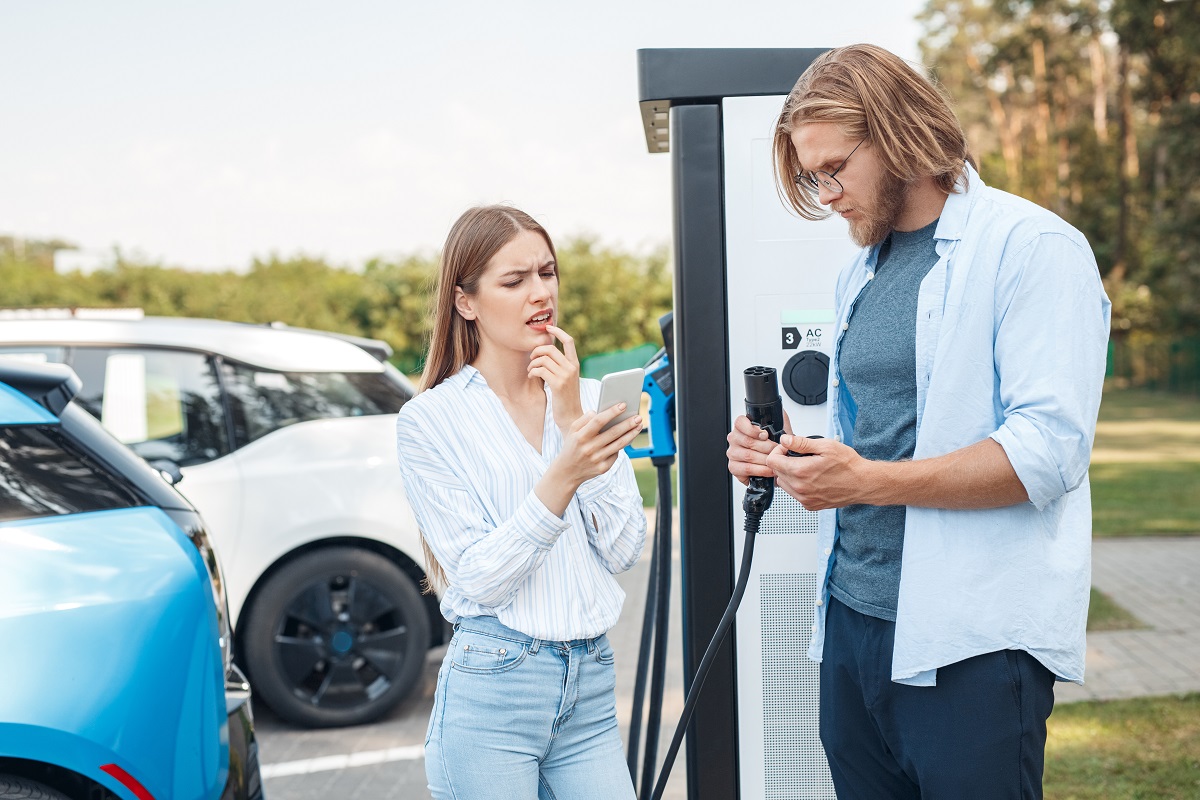
The long-term durability of EVs is still largely untested. Concerns about the longevity of the battery and electronic components raise questions about their overall lifespan compared to traditional vehicles.
7. Environmental Impact of Battery Production
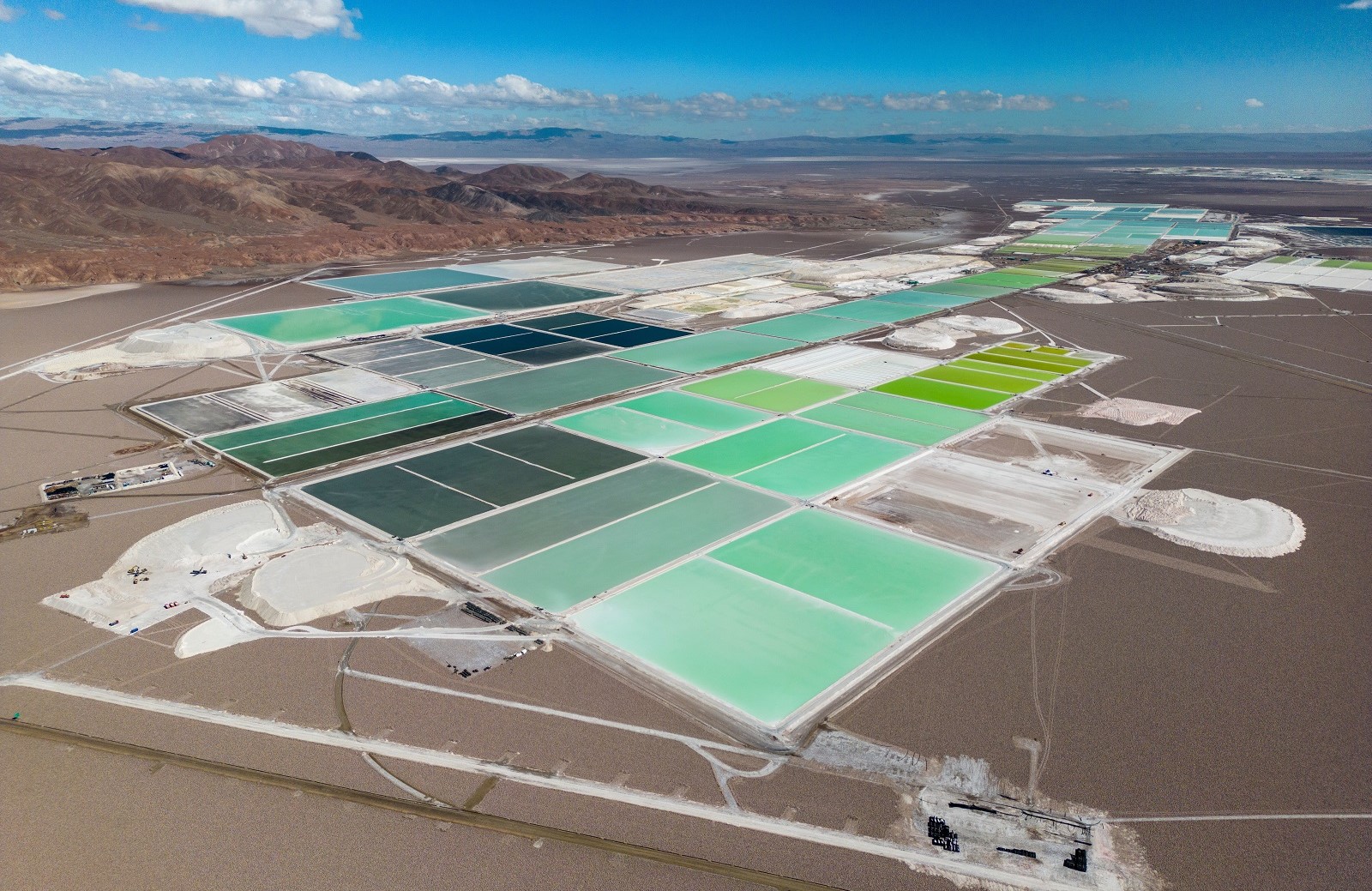
The production of lithium-ion batteries for EVs has a significant environmental footprint. Mining for lithium, cobalt, and other minerals is resource-intensive and often linked to environmental degradation and human rights abuses.
8. Recycling and Disposal Challenges

The disposal and recycling of EV batteries pose environmental and logistical challenges. Current recycling processes are not efficient enough to handle the growing number of used batteries, leading to concerns about long-term waste management.
9. Strain on the Electric Grid

A widespread shift to EVs can significantly strain the existing electric grid, especially in regions with less robust infrastructure. Upgrading the grid to handle increased demand for electricity involves substantial investment and time.
10. Higher Insurance Premiums

EVs often have higher insurance premiums due to their higher initial cost and the expense of repairing or replacing their advanced technology components, which adds to the overall cost of ownership.
11. Depreciation Rates

EVs can depreciate faster than ICE vehicles, primarily due to concerns about battery life and the rapid pace of technological advancements. This rapid depreciation can result in a lower resale value.
12. Limited Model Availability

Despite increasing interest, the variety of EV models available in the market is still limited compared to traditional vehicles. Consumers may have fewer options in terms of size, style, and features.
13. Range Anxiety

Many consumers experience range anxiety, the fear that the vehicle will run out of charge before reaching a destination. This concern is particularly acute in areas with sparse charging infrastructure.
14. Economic Impact on Traditional Auto Industry Jobs

The shift to EVs can negatively impact jobs in the traditional auto industry, particularly those related to the production and maintenance of ICE vehicles. This transition may result in job losses and economic disruption in regions dependent on the automotive sector.
15. Global Supply Chain Vulnerabilities

The production of EVs relies on a complex global supply chain for materials like lithium and cobalt. Geopolitical issues, trade restrictions, and supply chain disruptions can impact the availability and cost of these essential components.
16. Uncertain Long-Term Savings

While EVs promise lower operating costs, the long-term financial benefits are uncertain due to potential costs related to battery replacement, maintenance, and infrastructure upgrades. These factors can erode the expected savings over time.
17. Impact on Electricity Prices

Increased demand for electricity due to EV adoption can drive up electricity prices, affecting not just EV owners but all consumers. This potential increase in energy costs adds another layer of financial consideration for prospective EV buyers.
Electric Shocks

While EVs offer many benefits, it’s crucial to consider the hidden costs and challenges associated with their ownership. Staying informed about these factors is essential for consumers to make sound purchasing decisions.
Featured Image Credit: Shutterstock / Halfpoint.
For transparency, this content was partly developed with AI assistance and carefully curated by an experienced editor to be informative and ensure accuracy.

